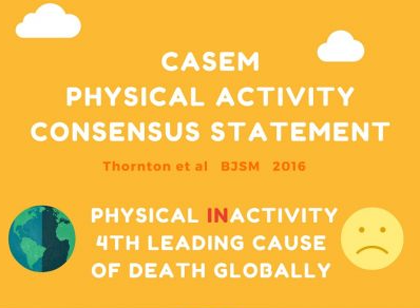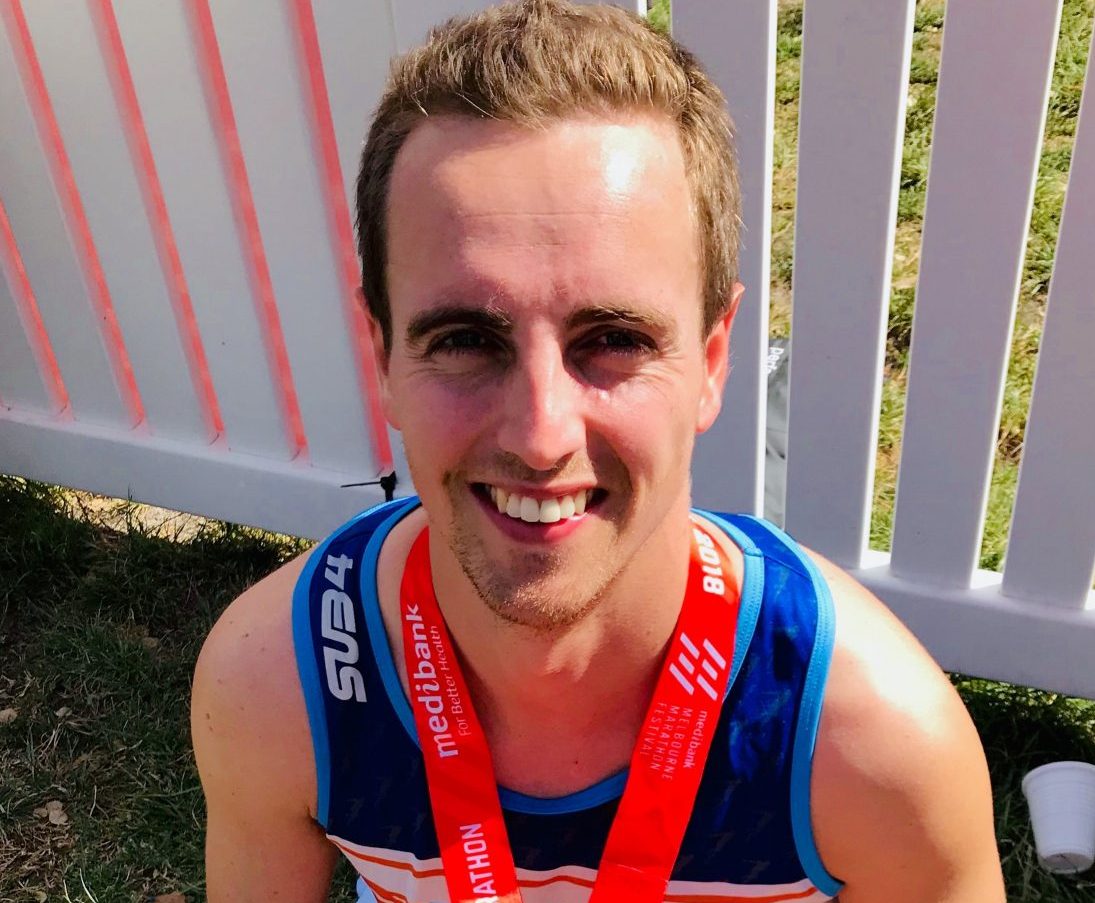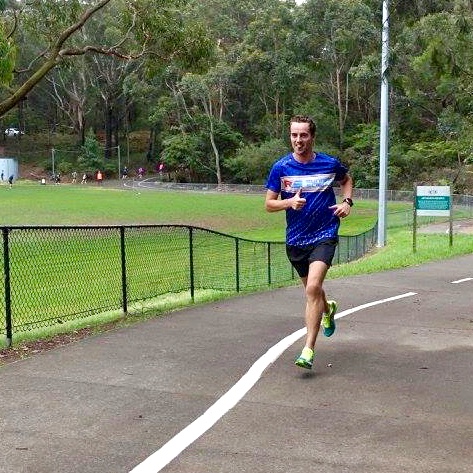Physical Activity Prescription: A Critical opportunity to Address a Modifiable Risk Factor for the Prevention and Management of Chronic Disease: A Position Statement by the Canadian Academy of Sport and Exercise Medicine. Thornton et al, BJSM 2016
This timely paper re-evaluates and re-iterates the importance of increasing physical activity levels in individuals to prevent and treat chronic disease. It briefly reviews the fact that physical inactivity is very bad, and exercise is good. It focuses on the role of primary care physicians, in particular, with regards to getting this message across to patients.
They highlight research that demonstrates physical activity advice in a primary care setting is both cost effective and successful. Specifically, the number needed to treat (NNT) for one person to achieve the recommended adult physical activity guidelines through brief (2-4 mins) physician counselling is 12. Compare this to a NNT of 50-120 to get someone to stop smoking, a similar risk factor for all cause mortality.
The key messages are:
- physical activity interventions are more or equally effective to drug treatment in prevention of stroke, diabetes and secondary treatment of CV disease, as well as depression, Alzheimer’s and Non-AD dementia.
- 10 minutes of moderate to vigorous physical activity accumulated per day leads to ~10% relative risk reduction in mortality. 15 mins leads to ~15% reduction.
- 150 minutes per week reduces risk of most chronic diseases by 25-50%
- the more sedentary the individual is to start with, the bigger the positive effect of any physical activity
- a written exercise prescription is most effective
- a 2-4 minute intervention in primary care effectively promotes physical activity
- physical activity is safe in those with stable CV, metabolic or renal disease. If sedentary then they need to be cleared medically first though
- the more sedentary the individual is to start with, the bigger the positive effect of any physical activity






